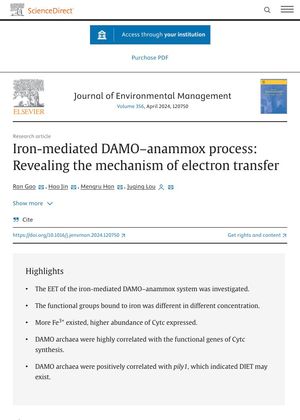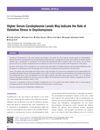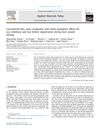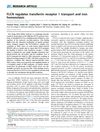Iron-Mediated DAMO-Anammox Process: Revealing the Mechanism of Electron Transfer
April 2024
in “
Journal of environmental management
”

TLDR Iron improves the DAMO-anammox process for treating water but too much iron can hinder it.
The study "Iron-mediated DAMO–anammox process: Revealing the mechanism of electron transfer" investigates the role of iron in the denitrifying anaerobic methane oxidation (DAMO) and anaerobic ammonia oxidation (anammox) processes. The research found that the presence of ferric ions (Fe3+) in the DAMO-anammox system contributed to the denitrification performance, with optimal results observed at Fe(III) concentrations between 1.5-7.0 mg-Fe(III)·g-VSS−1. However, methane oxidation and nitrate reduction rates were suppressed at Fe(III) concentrations greater than 7.0 mg-Fe(III)·g-VSS−1. The study also found that the excitation and emission peaks of the system's three-dimensional fluorescence spectrum were concentrated in the ranges of 250–300 nm and 300–400 nm, indicating the presence of certain substances in these ranges. The study concludes that iron plays a significant role in the DAMO-anammox system, affecting both the performance and microbial colony changes.



